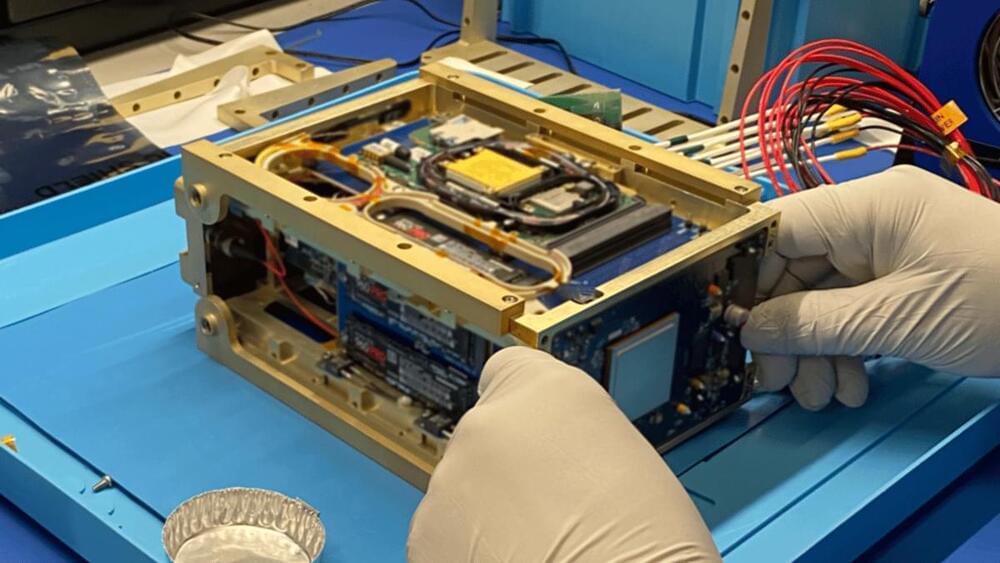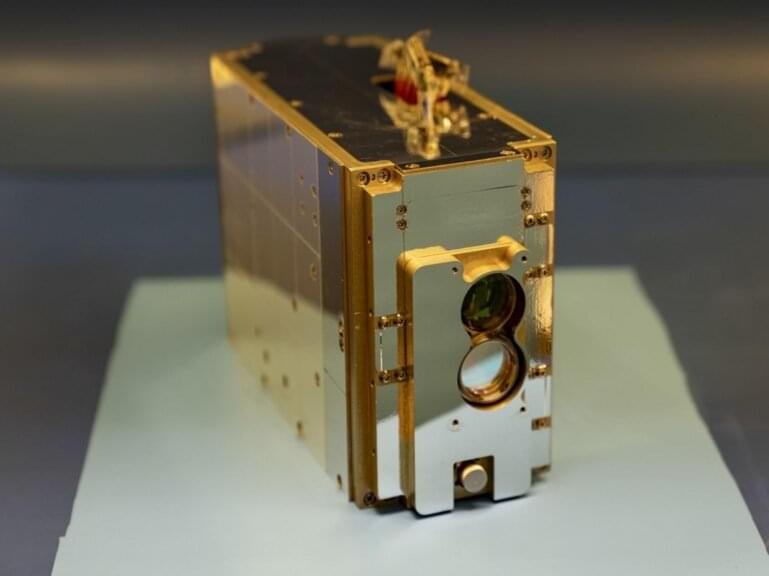Saturn’s moon Titan is one of the weirdest and most intriguing worlds in our solar system. It is the only place we know of in the universe for sure beyond Earth that has rivers, lakes and larger bodies of liquid, but on Titan these features are filled with flammable hydrocarbons like methane and ethane.
Studying Titan in depth has been difficult due to a thick atmosphere of clouds and haze, but NASA’s James Webb Space Telescope (JWST) is giving scientists their first detailed glimpse of those clouds, and by extension, the weather patterns at work on this unique world.
“We had waited for years to use Webb’s infrared vision to study Titan’s atmosphere,” said JWST Principal Investigator Conor Nixon. “Detecting clouds is exciting because it validates long-held predictions from computer models about Titan’s climate, that clouds would form readily in the mid-northern hemisphere during its late summertime when the surface is warmed by the Sun.”








